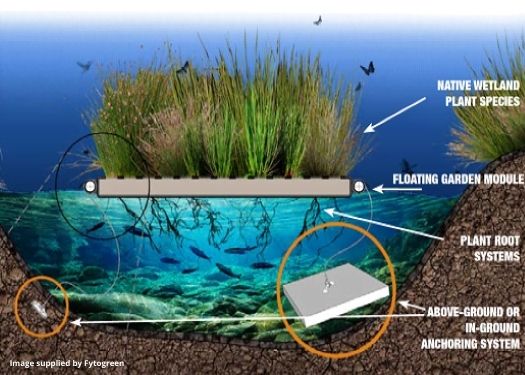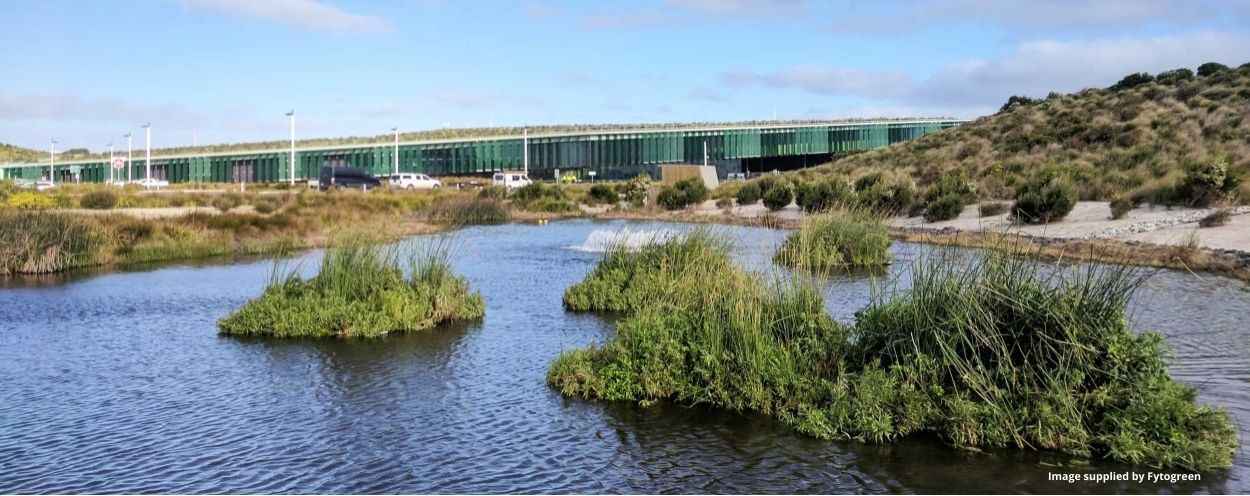What materials are used to make floating gardens?
Floating gardens are fast becoming a popular solution for adding to a city’s green space. First developed back in the 10th and 11th centuries by the Aztecs, floating gardens have come a long way since those early days.
A brief history of floating gardens
The floating gardens we see today are very different, yet they take all the same principles from those early floating gardens developed by the Aztecs.
After they were driven off their land, Aztecs settled at Lake Tenochtitlan where they developed the first floating gardens based on hydroponics, a system still used today.
Fast forward to today, and floating gardens around the world are still being used to grow crops as well as native plants and grasses, helping to bring more green space to urban areas including cities like Paris, Mexico City and Rotterdam.
What materials are used to create floating gardens?
The original floating gardens developed by the Aztecs were rafts built from reeds and roots. Today, the same principles exist, however, those roots are supported by an artificial ‘raft’ to support growth and buoyancy.
At SRS, we have worked on a number of floating garden projects, mainly for companies and organisations with a large expanse of water looking for a sustainable solution to both help to protect and clean the waterway, but also to improve the overall aesthetics of the waterway.

Our floating gardens is a hydroponic growing media made from a foam matrix that has a honeycomb lattice of air holes throughout its mass that allows air, water, and nutrients access to the plant roots as they grow through it.
Covering the foam is a felt and surrounding the modules of foam is a perimeter piping full of air to provide more buoyancy. This provides a floating island ideally suited for plants to grow upon.
The island is modular and can be any shape and size. Watered and fed by the waterway it floats in, all we are required to do is match the plant species to the type of water the garden will be floating in. Salinity, pH, temperature and expected exposures to sun and wind are all considered in making the selection of what plants to use.
How do floating gardens help to clean and protect waterways?
As well as adding to the aesthetics of a waterway, a floating garden provides a sustainable way to keep your waterway clean and thriving.
In a report on the Sustainability Tomes, conducted by researchers at Illinois State University’s Department of Geology, they found that even small floating gardens can make a big difference. In an experiment, they took weekly samples of water from a river at 30cm depth, both up and down stream of a small 3mx50m floating garden.
“Despite how small this garden was there was measurable improvement in water quality from upstream to downstream, especially for nitrates,” stresses Abigail Heath, a scientist at the university who led the research.

The results appeal to organisations with large waterways to maintain including golf courses, zoos, parklands and botanic gardens and all can benefit from the introduction of floating gardens as part of their water maintenance programme.
As well as helping to clean waterways, floating gardens also encourage the introduction of native wildlife to an area. Bird life, insects and many animals that dwell in waterway systems benefit from the introduction of a floating garden. Our felt covered media is resistant to the nesting efforts of many water birds.
Summary
Talk to the team today about floating gardens – just one of a number of green wall solutions offered by SRS. Discover the materials we use in our floating gardens and talk about the best green wall solutions for your business today.
